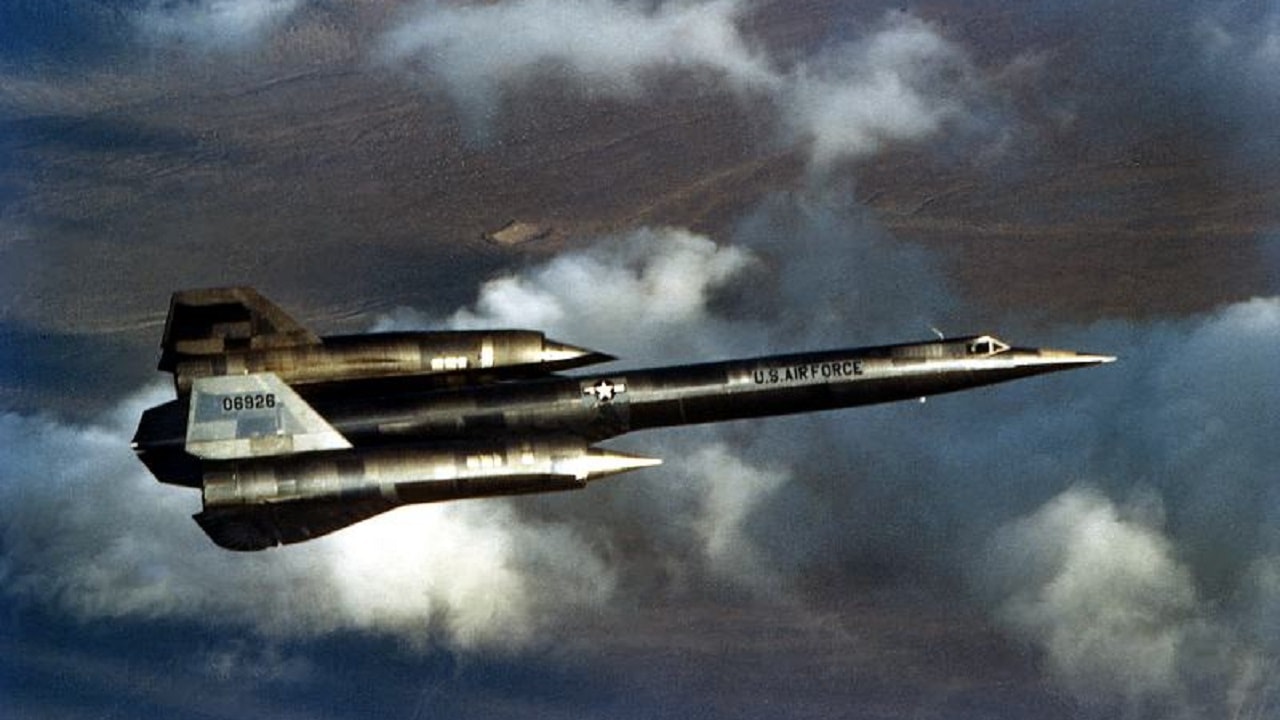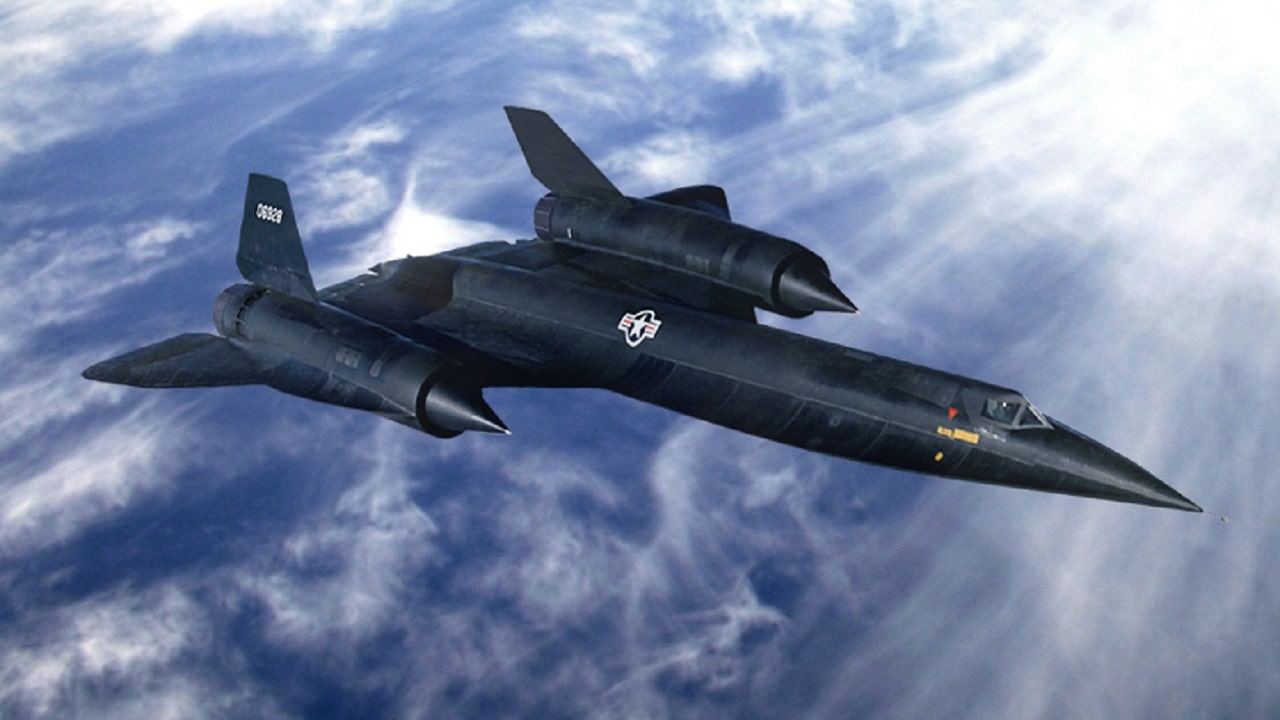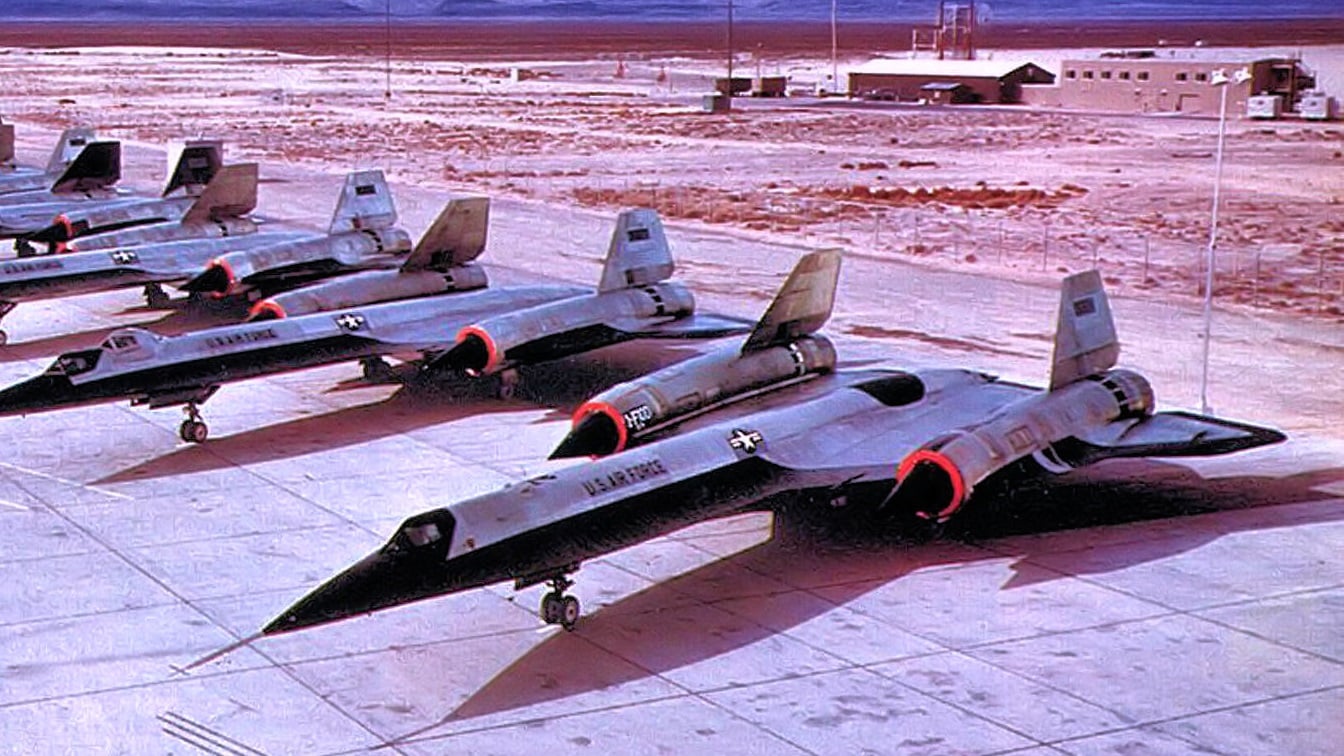Summary and Key Points: The CIA’s A-12 Oxcart, a top-secret Cold War spy plane, was built to fly faster and higher than any predecessor, reaching Mach 3.2 at altitudes of 90,000 feet.
-Designed by Lockheed to succeed the U-2, the Oxcart aimed to evade Soviet defenses and capture crucial intelligence.

A-12 Oxcart. Image Credit: Creative Commons.
-Despite advanced technology and successful Vietnam operations, the A-12 program was undermined by the emergence of spy satellites, the political fallout from U-2 incidents, and competition from the Air Force’s iconic SR-71 Blackbird. Ultimately, these factors ended the promising
-Oxcart program prematurely, leaving its full potential unfulfilled, despite impressive capabilities and pioneering technologies.
The A-12 Oxcart: A History Lesson
An oxcart is not fast, but the A-12 Oxcart spy plane sure was. This aircraft was built to speed through the skies and collect Intelligence, Surveillance, and Reconnaissance data better than any high-flying bird in the military.
The A-12 was designed to succeed the U-2 spy plane. The CIA owned the program and kept it super-secret. The idea behind the aircraft was to avoid Soviet air defenses and gather valuable data on potential nuclear launches, as well as enemy troop formations and weapons systems.
A-12 Oxcart: Chock Full of Impressive Specs and Capabilities
Lockheed received the contract to develop the Oxcart in 1959. The aerospace contractor had already produced the U-2. As the CIA recalled, “Lockheed–led by legendary engineer Clarence ‘Kelly’ Johnson–overcame numerous technical challenges with cutting-edge innovations in titanium fabrication, lubricants, jet engines, fuel, navigation, flight control, electronic countermeasures, radar stealthiness, and pilot life-support systems.”
This all seemed great, and the venerable defense contractor worked to meet these specifications during the height of the Cold War, under Presidents Dwight Eisenhower and John F. Kennedy.
Pilots Were Kept in the Dark But They Volunteered Anyway
In those days, the CIA recruited Air Force, Navy, and Marine Corps pilots for “special missions”—details of which were not often revealed at the beginning of the recruiting process. The pilots they brought into the program were excellent aviators, fearless when flying fast and at high altitudes. They were sworn to secrecy, and even their families never knew they were flying for the CIA.
In 1965, after many hours of dangerous test flights, the A-12 was ready for regular missions over the Soviet Union. The Oxcart could reach speeds of Mach 3.2 at 90,000 feet of elevation.
A New Development Hurt the A-12 Program’s Future
There was a problem, though, with high-altitude, high-speed airplanes. In 1960, U-2 pilot Gary Powers’ plane went down over Russia, and he was taken prisoner. Powers later endured a show trial, to much Soviet fanfare, and he was sentenced to 10 years in prison for spying. All espionage flights over the Soviet Union were cancelled, which meant the A-12 didn’t have a mission, even though it was supposed to be ready for full employment in 1967.
The Advent of the Spy Satellite Further Made the A-12 Redundant
The intelligence community and the military were considering using spy satellites instead of aircraft. The Corona satellites were being tested and later began collecting imagery over Russia. These early orbiting birds had difficulty shooting high-quality photos, but they could still shoot thousands of images per mission with ease.
Meanwhile, the A-12 still had fans in the CIA. Unfortunately, the risk of manned flights failing was too great a gamble.
Pilots could be killed, or taken prisoner like Powers if they survived a shoot-down.
Satellites granted significant advantages: They flew too high for anti-aircraft missiles and were not as politically dangerous. Soviet propaganda had a field day when Powers was shot down. Moscow claimed the incident showed that the United States was deceitful and wanted to grab an unfair advantage in warfare.
Satellites allowed the U.S. a platform that could stay over the objective and collect imagery that would eventually be as good as that garnered by U-2 spy planes.
The Blackbird Snuck Up on the Oxcart
Plus, the Air Force was working on an even better recon aircraft, called the SR-71 Blackbird, that would be faster and higher-flying than the A-12. President Lyndon Johnson and members of the military and CIA were not sure both the A-12 and the SR-71 were needed. It was a duplication of efforts, and it would be expensive to fly and maintain both. Johnson cancelled the A-12 Oxcart program in 1968.
This was a disappointment, since the A-12 did have noteworthy specs. The timing was not right, and the program was overcome by events. Normally, this plane would have led recon efforts for the intelligence community, but it was competing with satellites and the flashy SR-71.
The A-12 was used for one lengthy operation, in 1967 and 1968. Six pilots flew three A-12s on more than 29 missions in East Asia as part of Operation Black Shield. The A-12 helped collect intelligence in Vietnam, and analysts were given a treasure trove of imagery that helped to fight back the North Vietnamese Army and Viet Cong insurgents.

A-12 Oxcart. Image Credit: Creative Commons.
Fifteen A-12s were built, and there are nine still in existence. The Air Force sent one Oxcart to the CIA museum in 2007. This bird had mainly been used for training and test flights, and it was retired in 1968.
The Oxcart program could have made a huge difference in the Cold War. The A-12 suffered from some bad timing, and its capabilities overlapped with the U-2 and SR-71. It’s too bad, because it was a capable spy plane that collected nice imagery.
About the Author: Dr. Brent M. Eastwood
Brent M. Eastwood, PhD is the author of Don’t Turn Your Back On the World: a Conservative Foreign Policy and Humans, Machines, and Data: Future Trends in Warfare plus two other books. Brent was the founder and CEO of a tech firm that predicted world events using artificial intelligence. He served as a legislative fellow for U.S. Senator Tim Scott and advised the senator on defense and foreign policy issues. He has taught at American University, George Washington University, and George Mason University. Brent is a former U.S. Army Infantry officer. He can be followed on X @BMEastwood.

